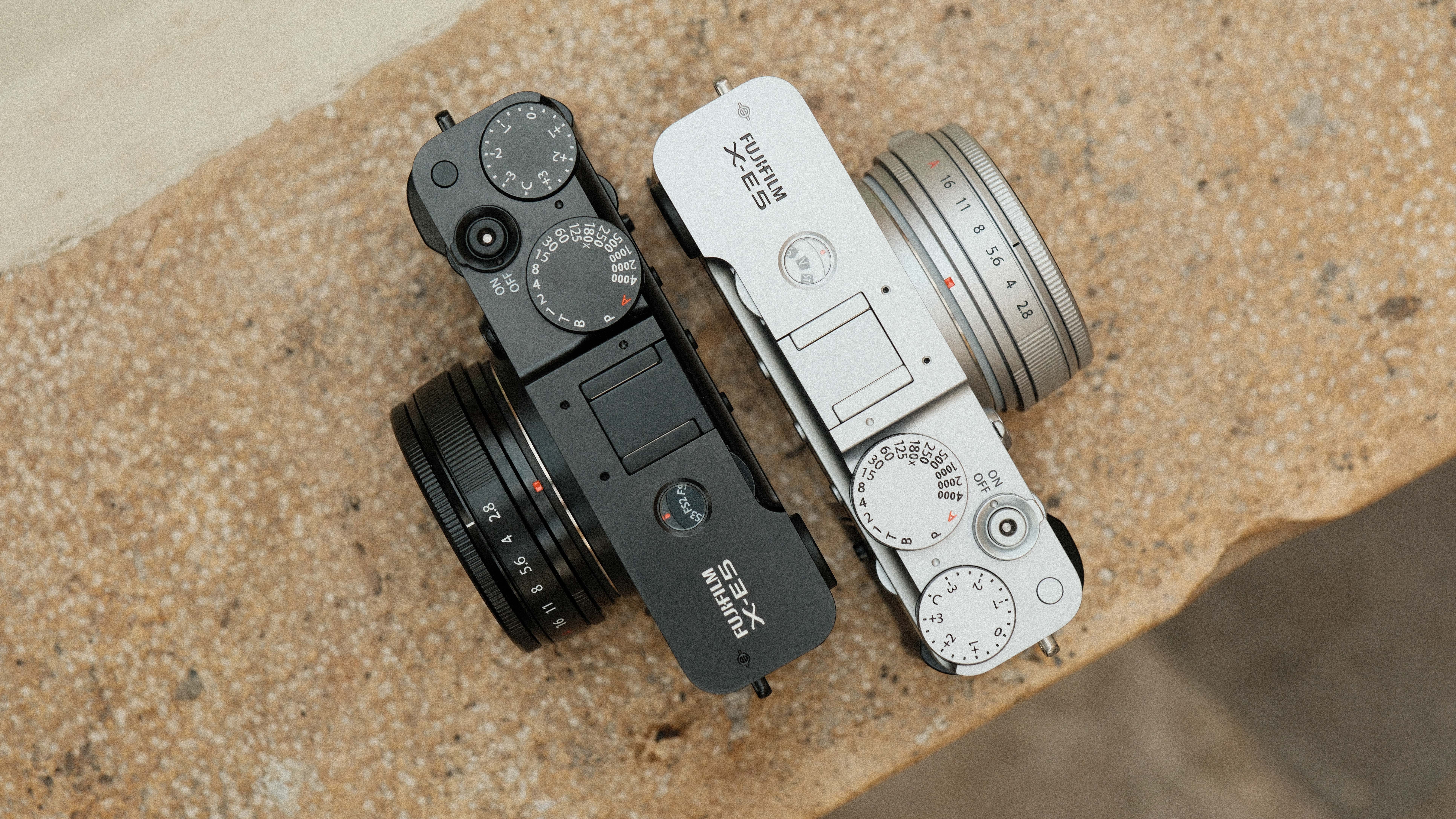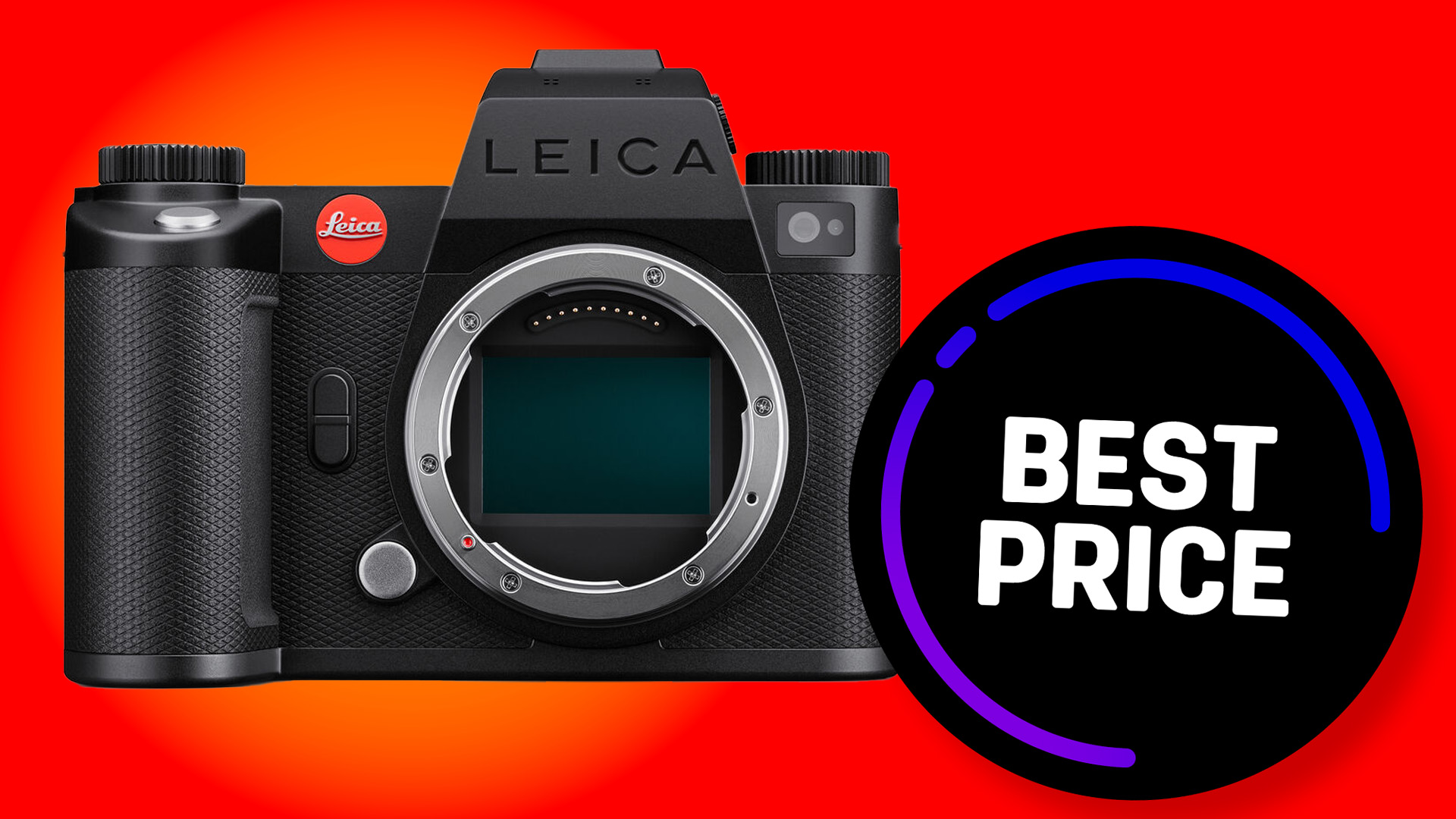Sorry, compact cameras, but mirrorless is actually the trendiest camera, according to shipment numbers
Mirrorless remains king in the latest CIPA numbers compared to the same time last year

Compact cameras have surged in popularity, but the latest sales numbers from the Japanese Camera and Imaging Products Association suggest a different trend: mirrorless cameras. In the first five months of 2025, compact camera shipments worldwide were 116.9 percent of the same time frame last year, while mirrorless camera numbers changed 122.3 percent over the same time period.
The increase in mirrorless camera shipments hints that mirrorless is seeing a growth in camera sales. Mirrorless cameras’ interchangeable lenses and large sensors prevented the category from the extreme fallout that compact cameras experienced as smartphone cameras advanced. While compact camera sales dropped then resurged in recent years, mirrorless has slowly climbed over DSLRs and then stayed there, shipping 619,682 cameras worldwide in May compared to 221,265 compact cameras and 71,049 DSLRs.
There could be a number of different reasons for the growth in mirrorless shipments in 2025. More people could be picking up the photography hobby (or career) in general, or perhaps the latest mirrorless advancements have encouraged more photographers to upgrade their current systems.
Trends influence sales, as we’ve seen compact cameras skyrocket in CIPA data. Another possibility is that the compact camera trend, which has been growing for a few years now, has given newbies the photography bug, and those who bought compact cameras a few years ago are migrating to more advanced systems.
The most popular compact cameras are also hard to find in stock. Another potential factor is that the compact trend has driven up prices, making many compact mirrorless kits more affordable than the trendiest compacts like the Fujifilm X100VI. A mirrorless camera isn’t exactly pocketable, but give one a pancake lens and many can easily tuck it into a small bag.
Another interesting trend from the CIPA data is that mirrorless cameras with sensors that are smaller than full frame are 121.1 percent of the previous month's numbers, while full frame sensors and larger sensors dropped slightly to 96.6 percent of the previous month’s shipping numbers. CIPA has only recently started tracking cameras by sensor size, which means there’s no data from 2024 to compare those numbers too, but, month over month, smaller sensor cameras appear to be growing.
The growth in smaller sensor cameras could point back to trends. Micro Four Thirds and APS-C cameras tend to be smaller than full-frame cameras (although this isn’t always the case). That means smaller sensor mirrorless tends to make excellent compact camera alternatives. Smaller sensors also tend to be more affordable than full-frame models.
The best camera deals, reviews, product advice, and unmissable photography news, direct to your inbox!
Looking at the CIPA numbers broken down by region, the May numbers indicate an increase in shipments to the Americas compared to April, when new reciprocal tariffs were announced in the US. Digital camera shipment totals in April were 157,315, only 85.8 percent of the previous month’s numbers. The May data, however, shows shipments of 201,122, a 127.8 percent change from April. May’s shipments to the Americas still show growth over May 2024, at 115.5 percent of the same month last year.
CIPA statistics only track data from member companies, a list that includes Canon, Fujifilm, Sigma, Sony, Nikon, OM System, Panasonic, and Ricoh.
You may also like
Browse the best mirrorless cameras, the best compact cameras, or the best DSLRs.

With more than a decade of experience writing about cameras and technology, Hillary K. Grigonis leads the US coverage for Digital Camera World. Her work has appeared in Business Insider, Digital Trends, Pocket-lint, Rangefinder, The Phoblographer, and more. Her wedding and portrait photography favors a journalistic style. She’s a former Nikon shooter and a current Fujifilm user, but has tested a wide range of cameras and lenses across multiple brands. Hillary is also a licensed drone pilot.
You must confirm your public display name before commenting
Please logout and then login again, you will then be prompted to enter your display name.
